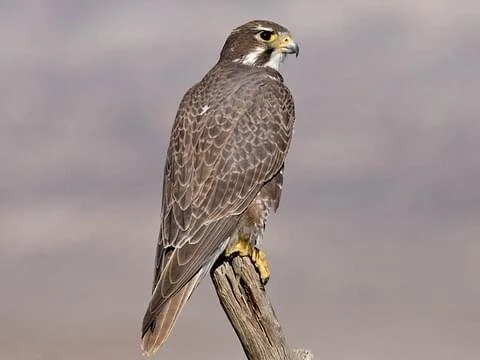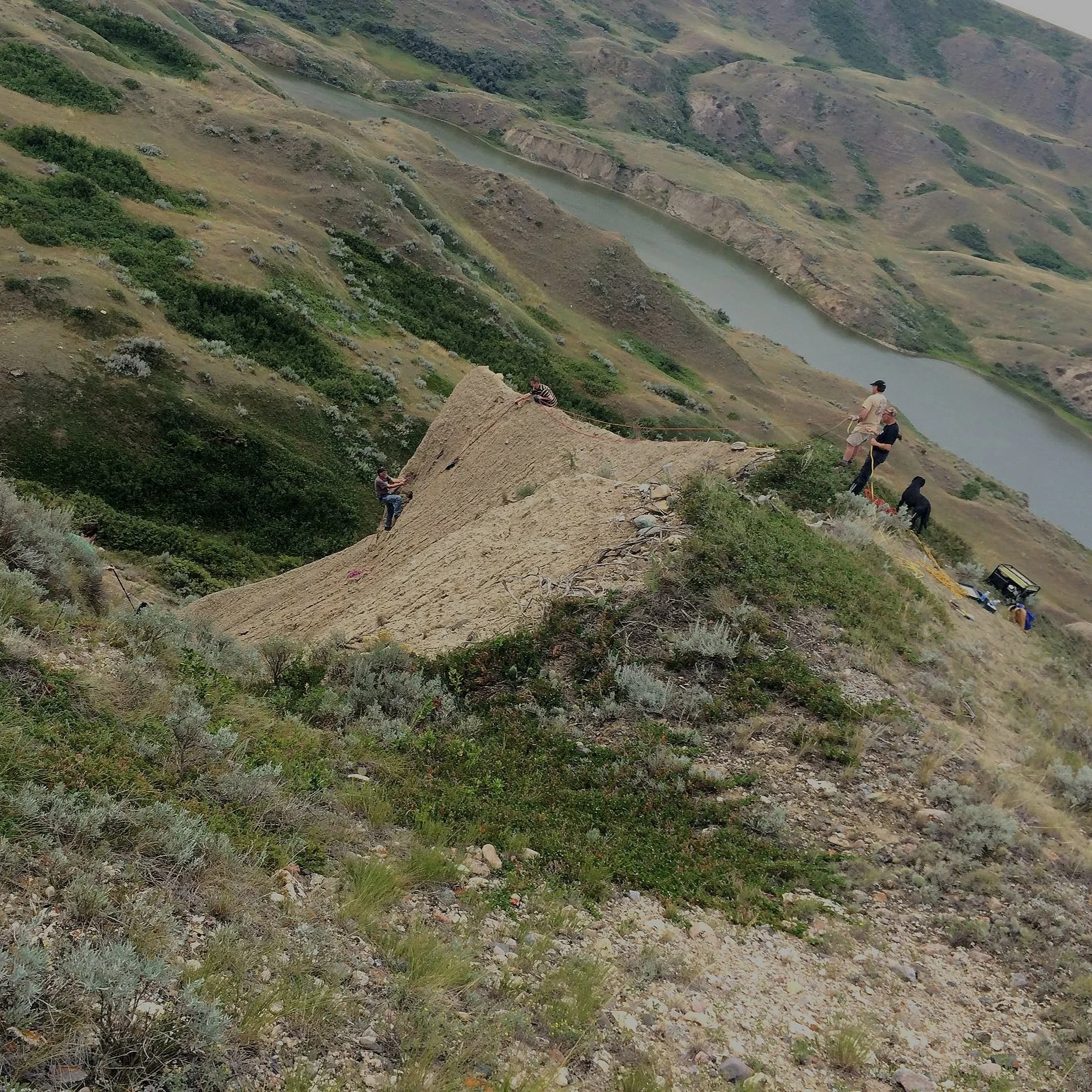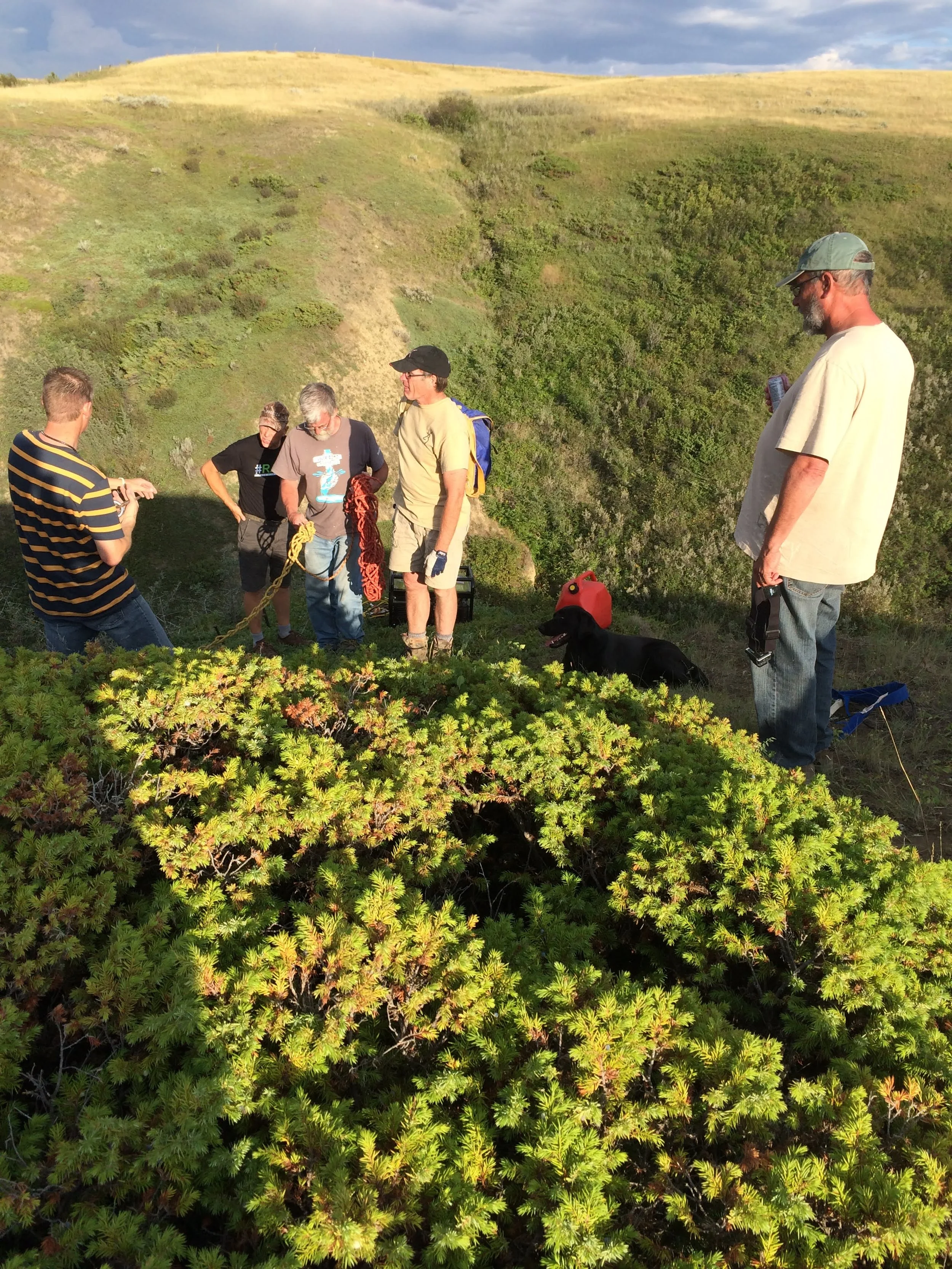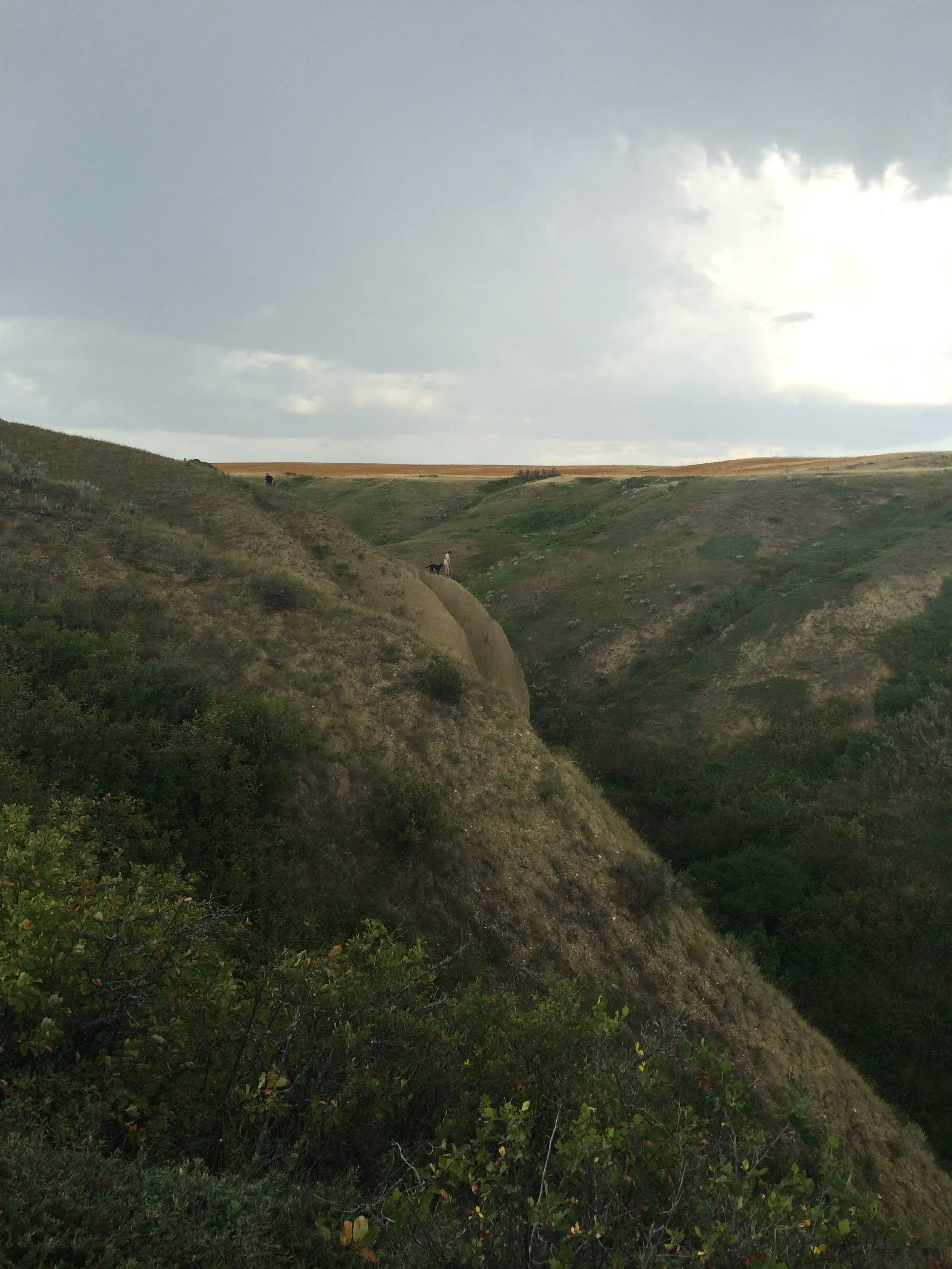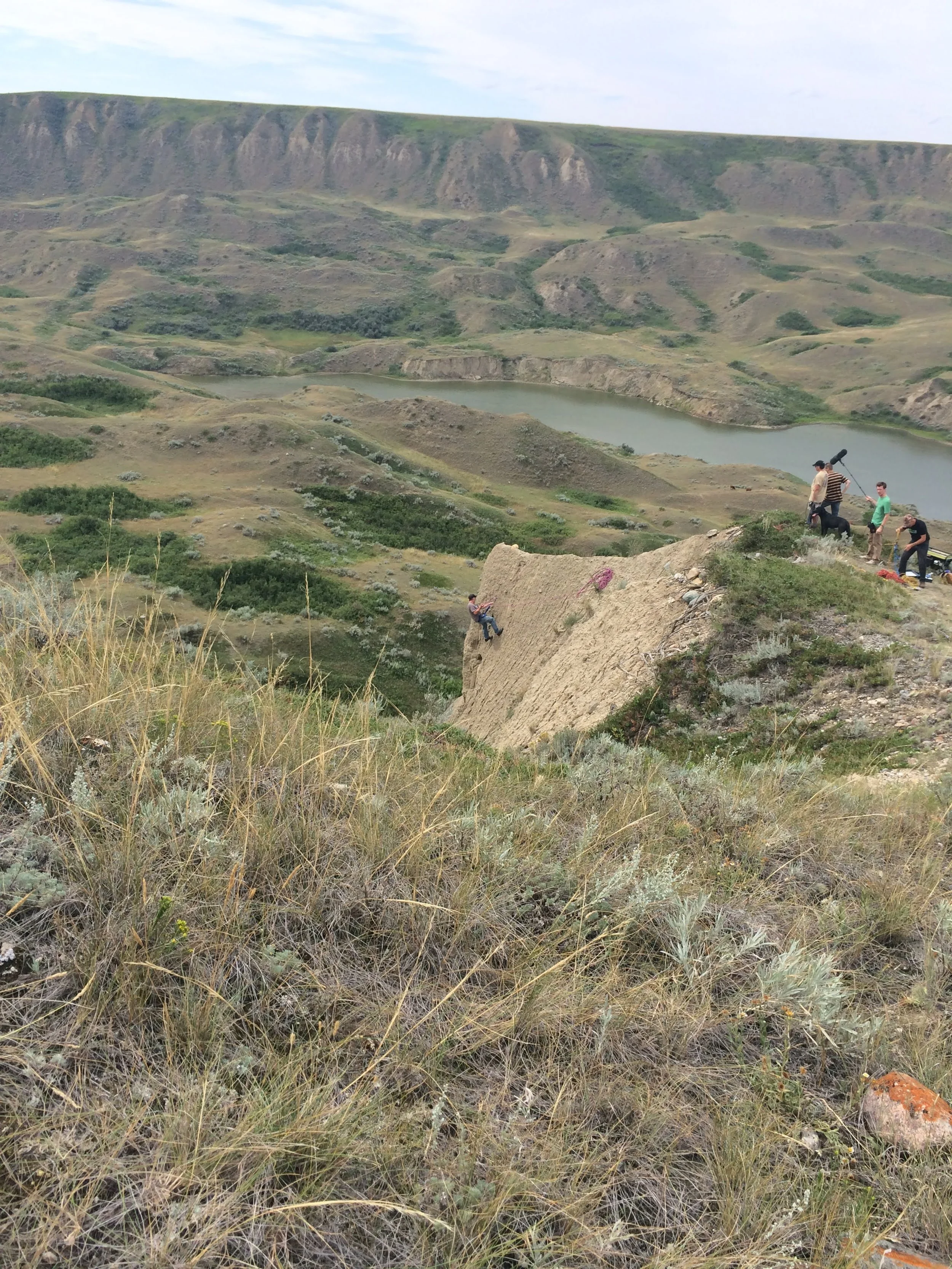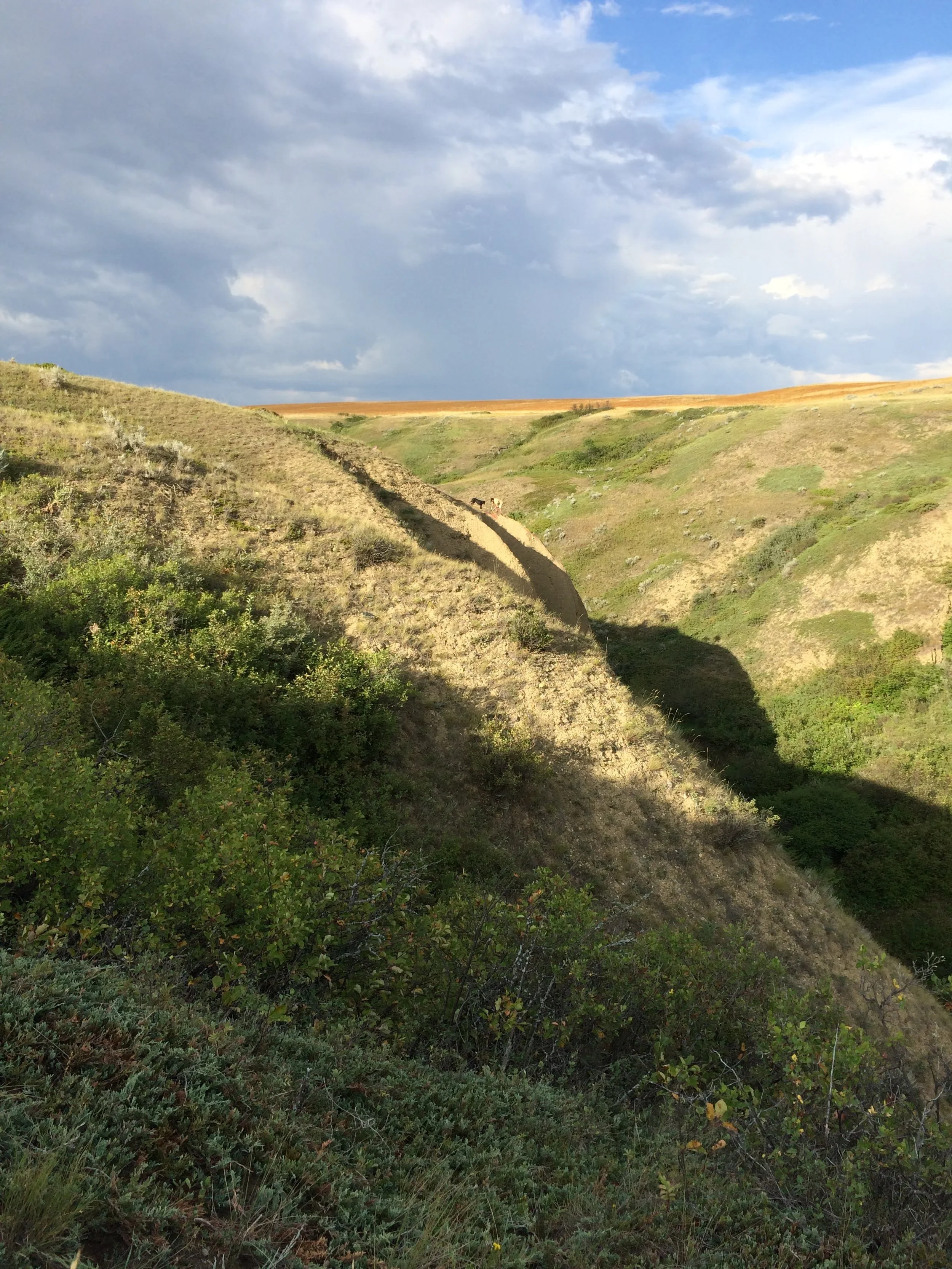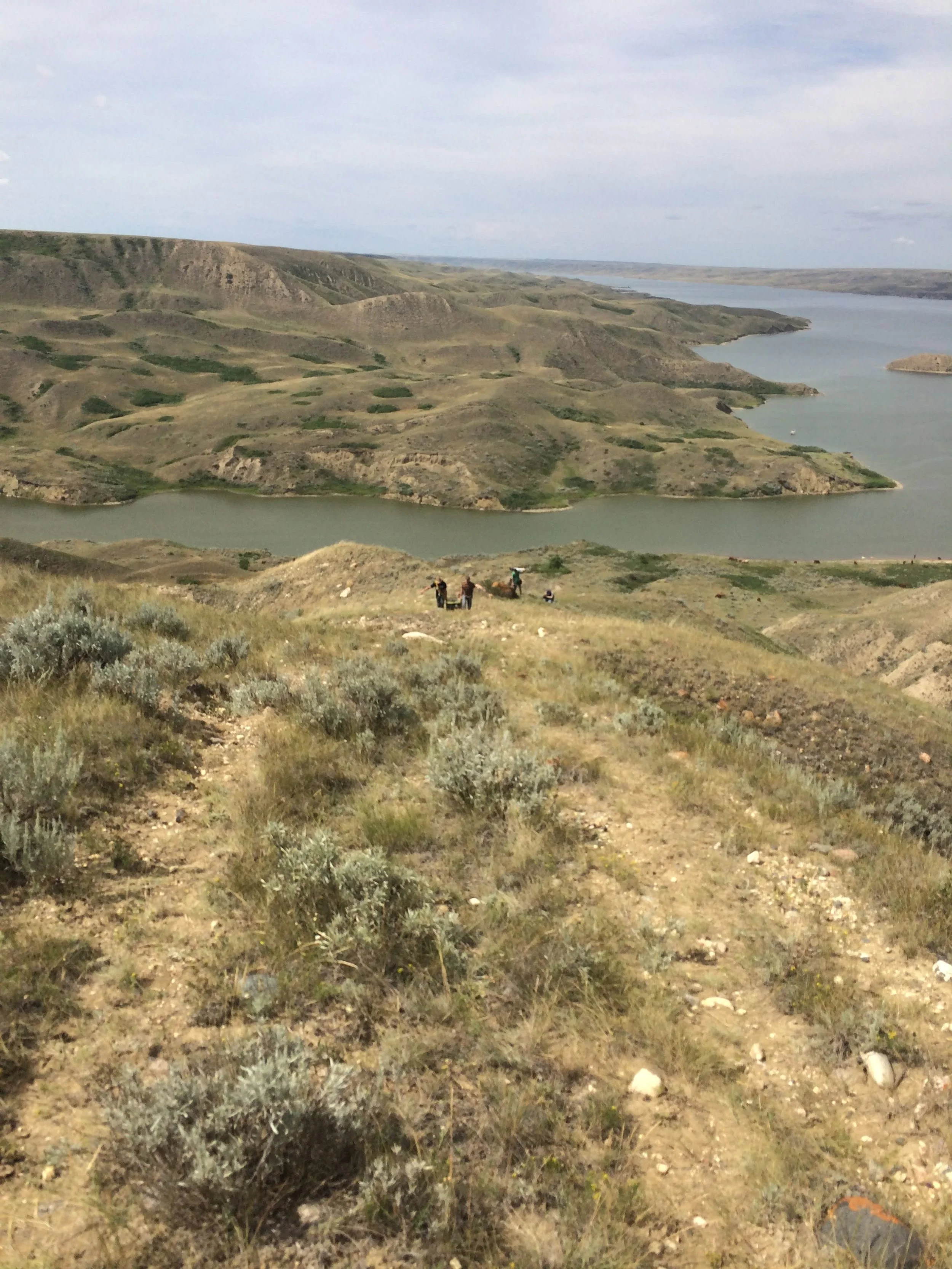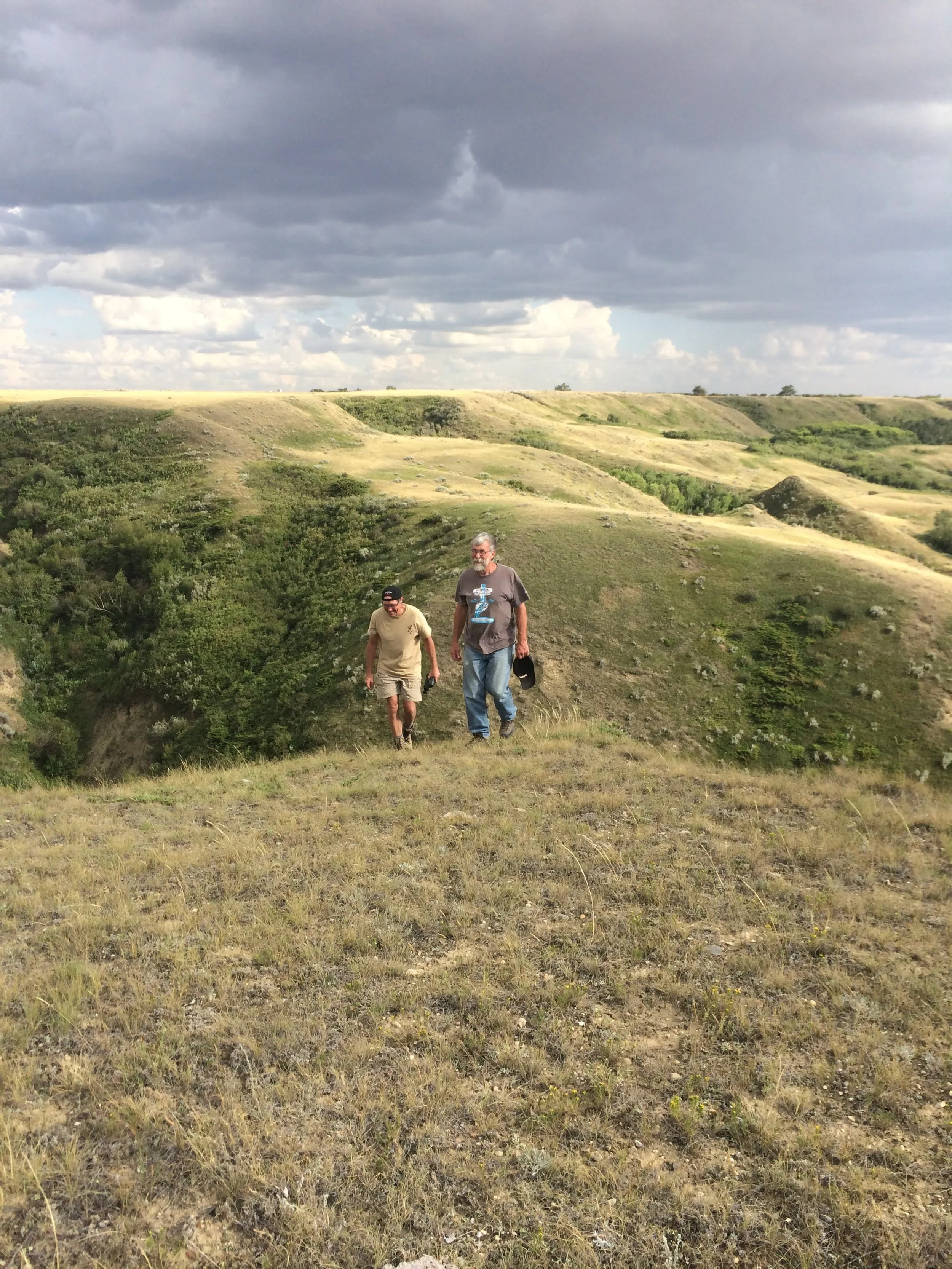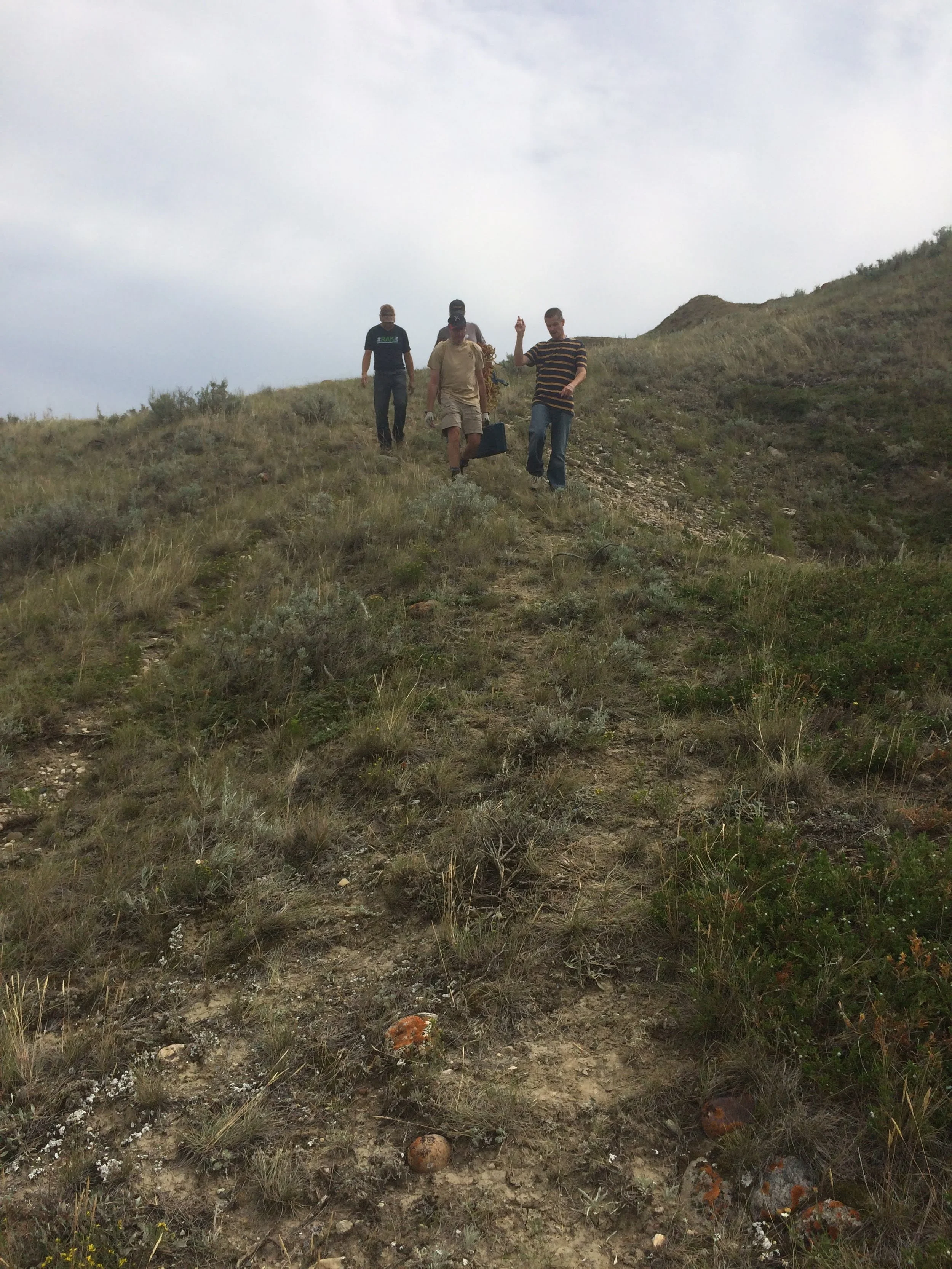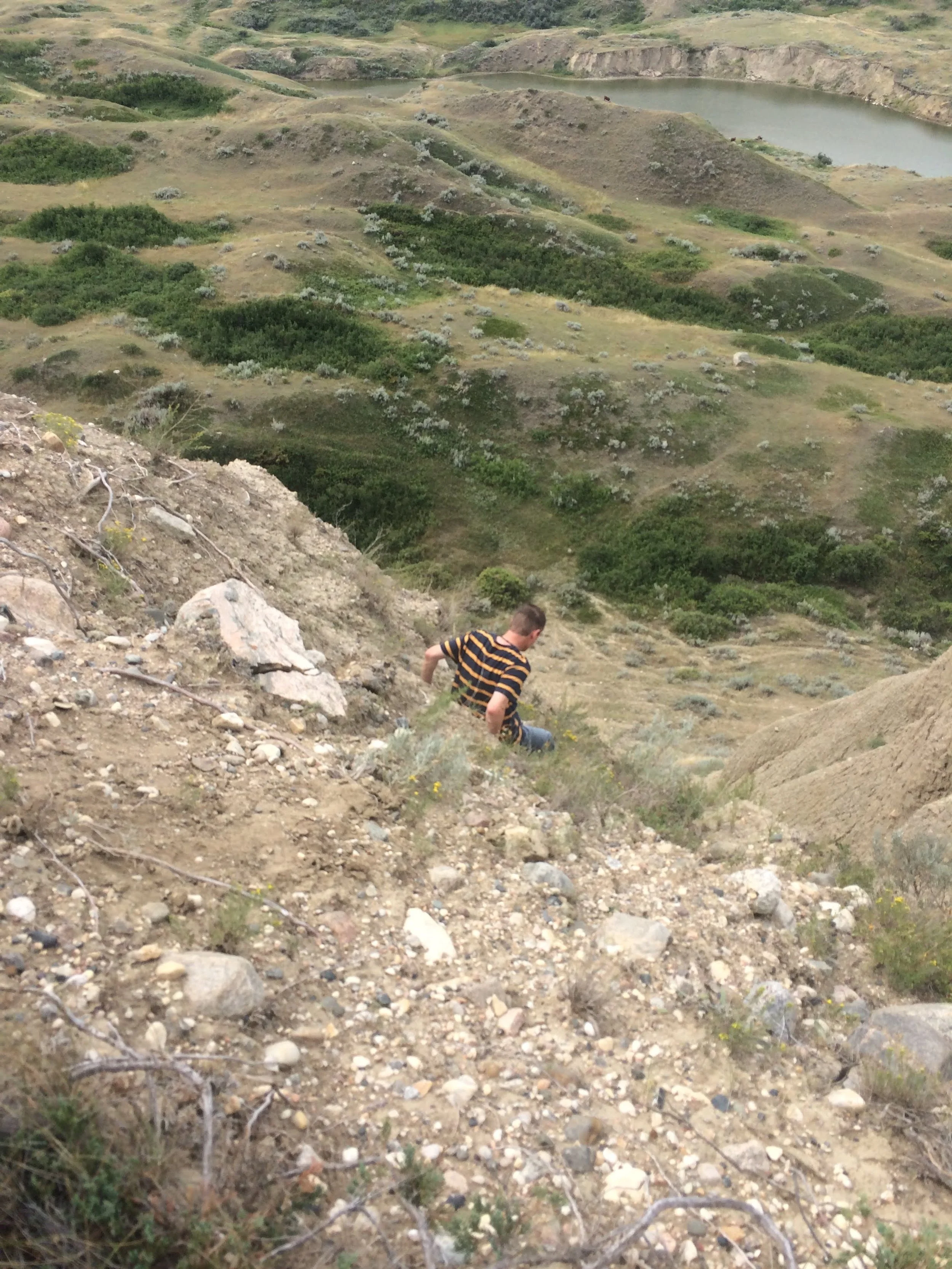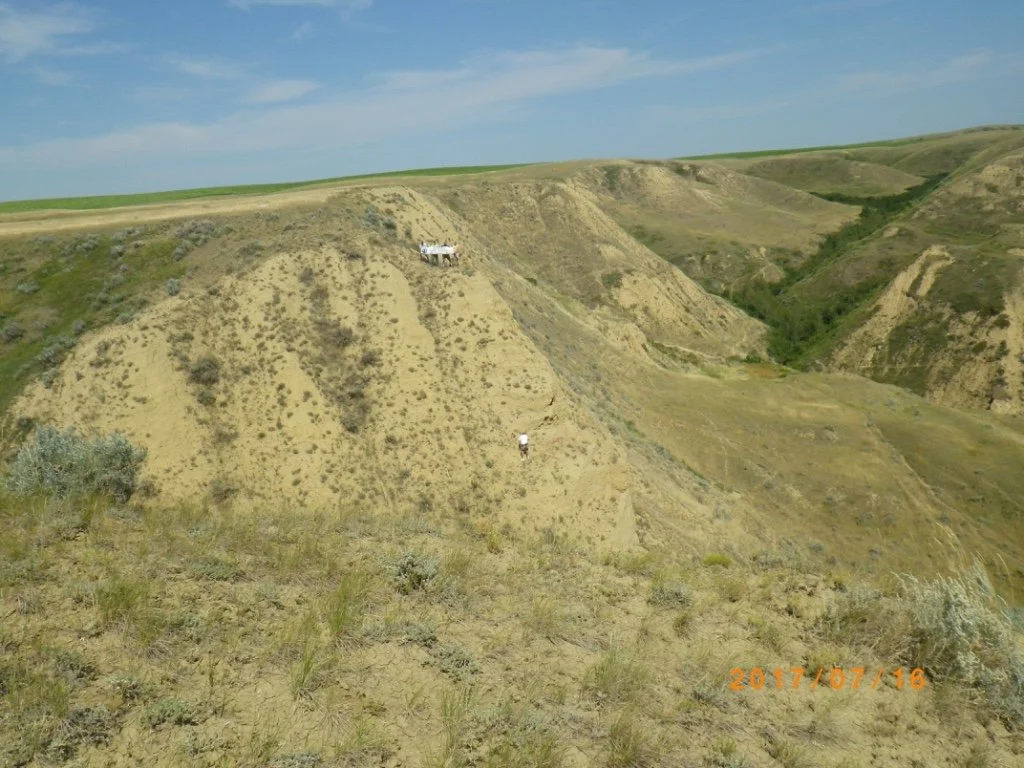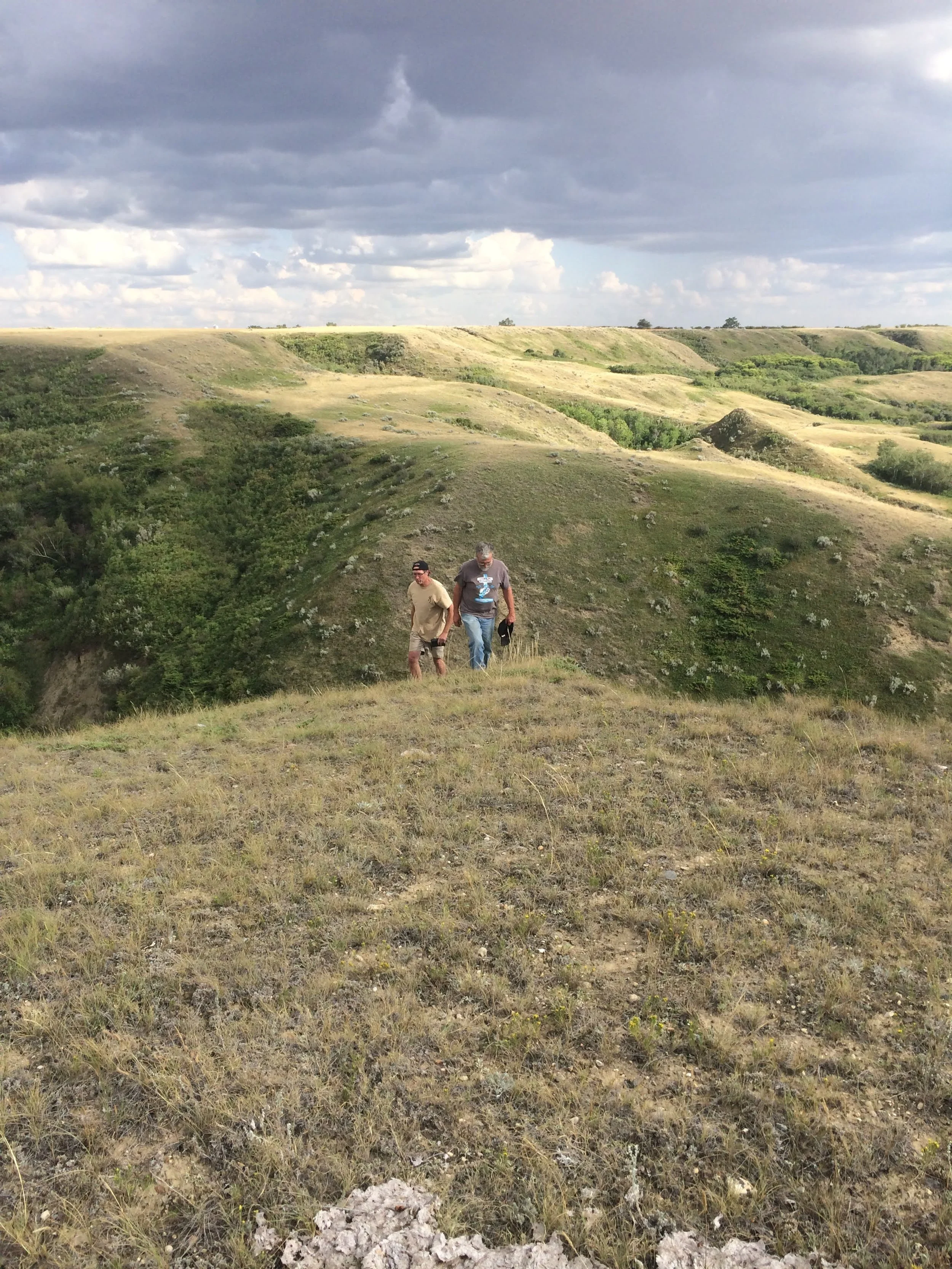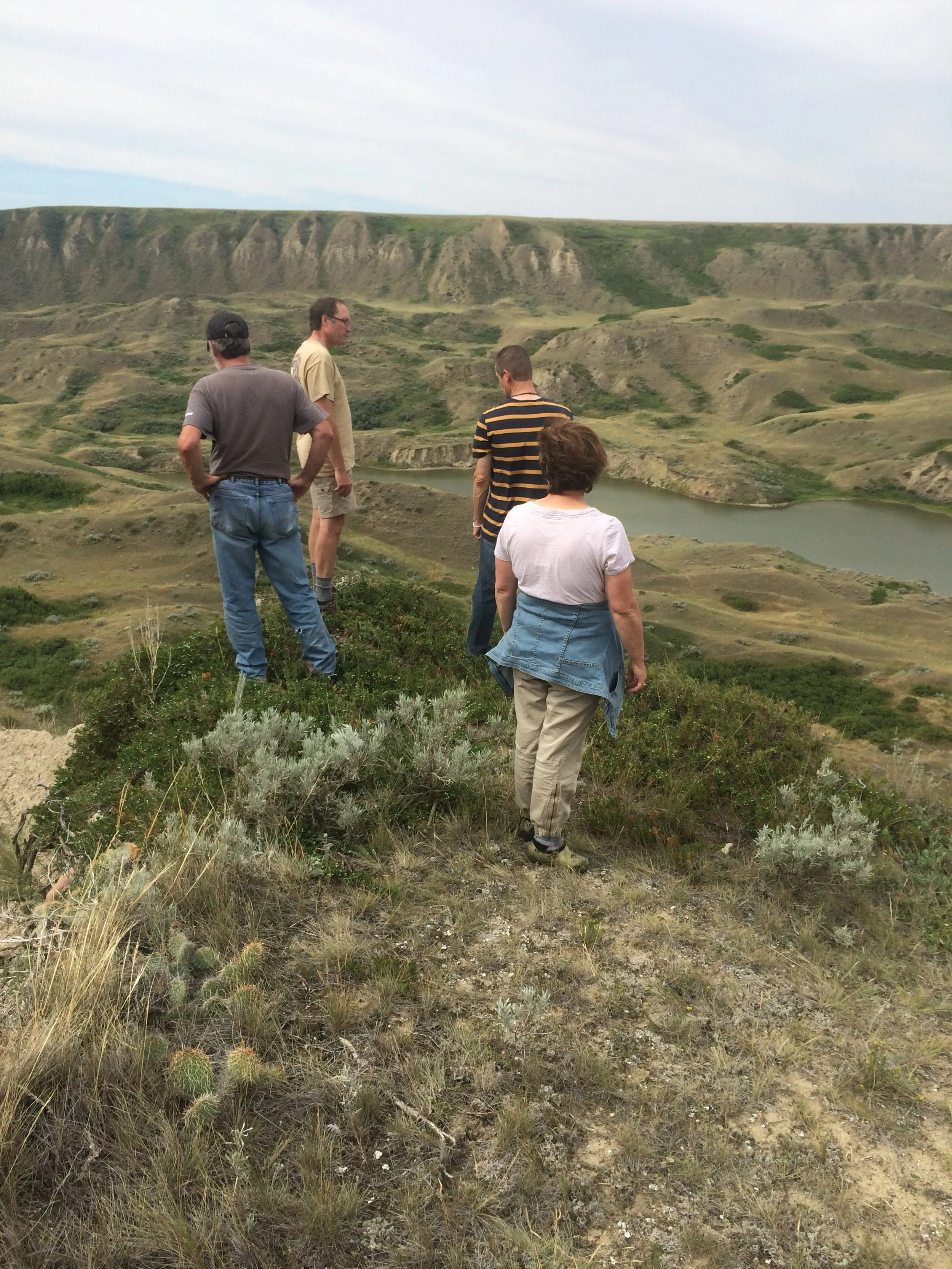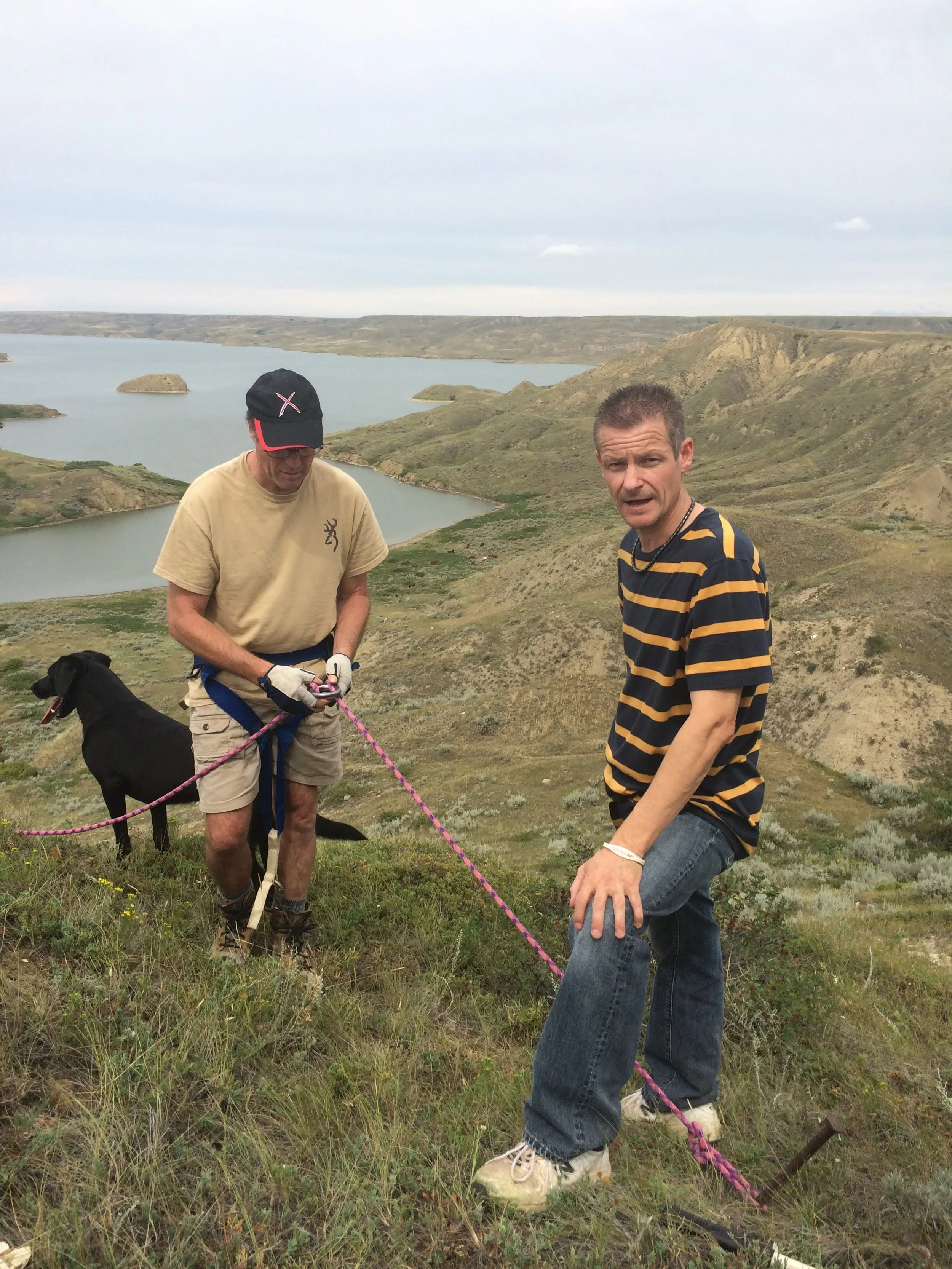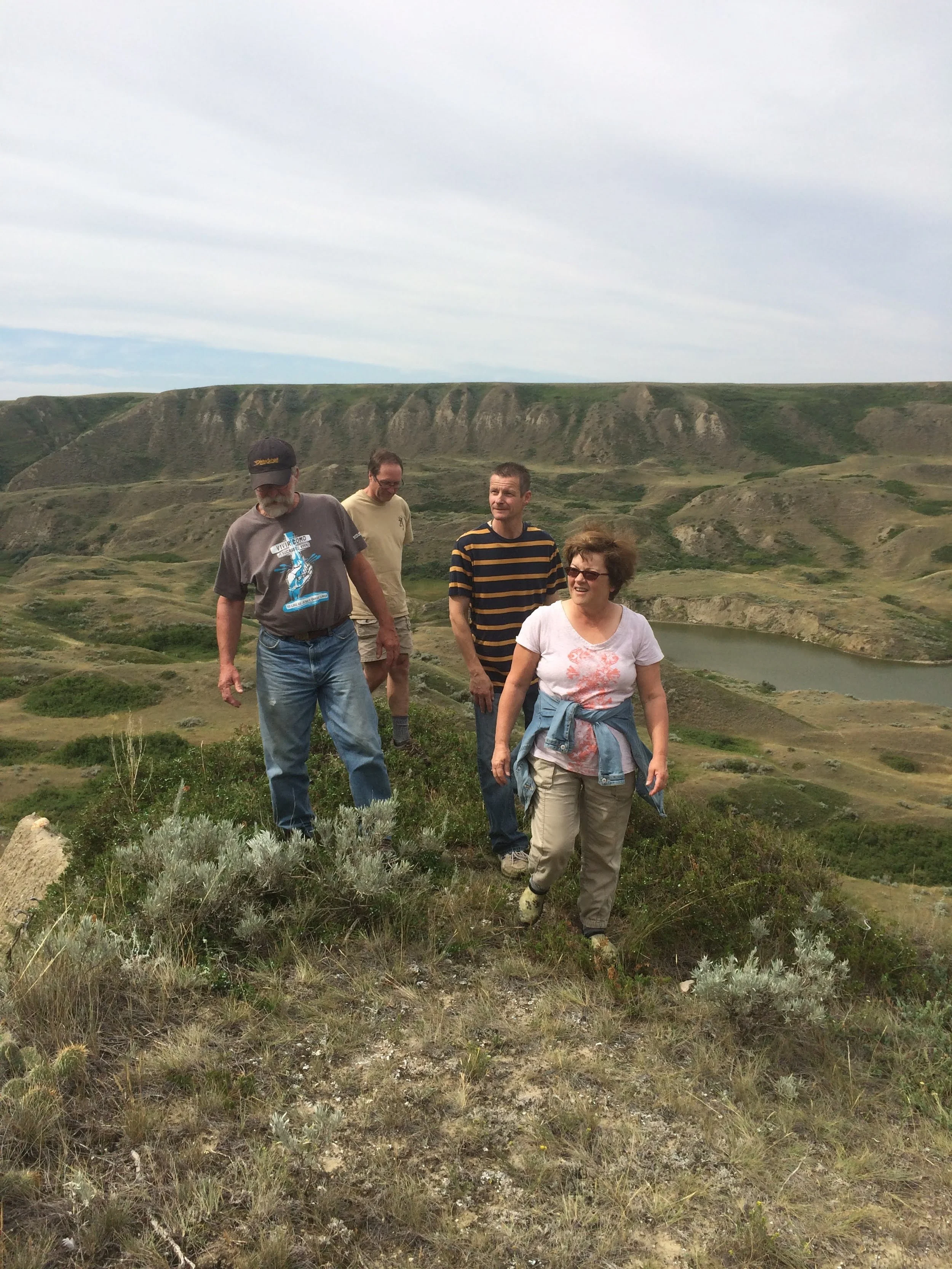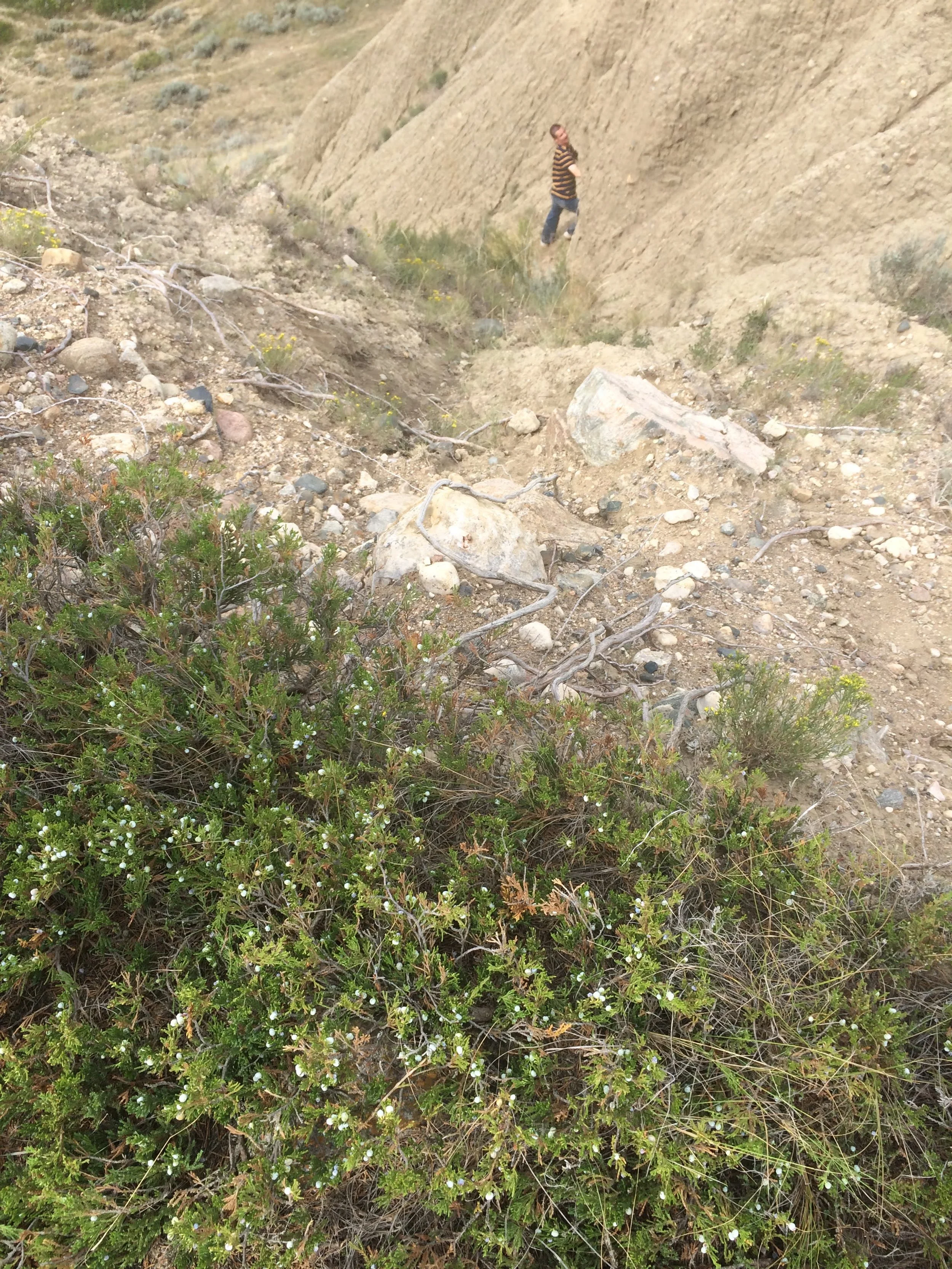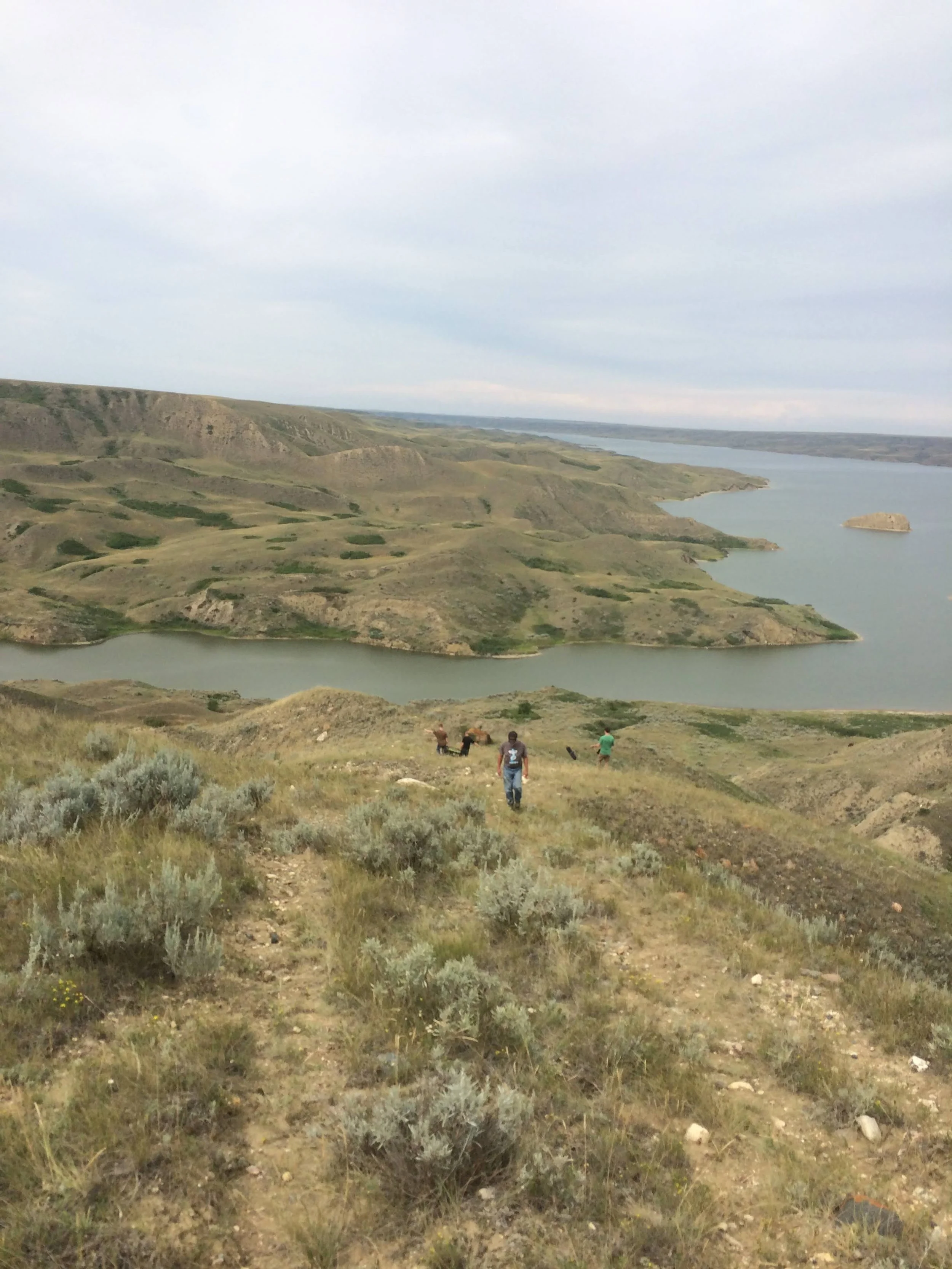
Explore our Work
Saskatchewan falconers have a long history of active conservation relating to birds of prey and have enjoyed a long and good working relationship with the Ministry of Environment. Falconry has been practised in Saskatchewan for well over half a century and the Saskatchewan Falconry Association is the oldest falconry club still extant in North America. Falconry is recognized in provincial legislation as a legitimate method of hunting. This ancient art is very demanding and requires serious dedication of time and energy from the falconer.
Nest Holes for Prairie Falcons
One of our flagship conservation efforts has been the digging of nest holes for Prairie Falcons which began in 1969 in the Big Muddy when it was realized that nest sites were probably the primary factor limiting breeding pairs. This project has since been expanded to other areas of the breeding range and has proven very successful as old sites continue to slump. The SFA has enjoyed a long and mutually beneficial relationship with the Ministry of Environment and to our knowledge there has never been a falconry-related charge. There are many studies that show that falconry not only has no negative effect on wild populations, but that falconers and falconry have contributed substantially to the well-being of wild populations
Saskatchewan Hole Dig for Praire Falcons
In North America, falconers are represented by the North American Falconry Association and internationally by the International Association for Falconry and Conservation of Birds of Prey. Hunting with trained raptors and their capture from the wild for this purpose is recognized by the vast majority of states and provinces.
Richard Fyfe started the club in 1956 and went on to lead the effort to provide provincial protection for raptors and later lead the Peregrine breeding and release program of the CWS. The club has continued to be active in promoting awareness of birds of prey, and conservation efforts including raptor rehabilitation, surveys of breeding raptors, one of the first successes in breeding large falcons in captivity and the production, in association with the Ministry of Environment and the University of Saskatchewan, of some 500 peregrine falcons for reintroduction into the wild.

